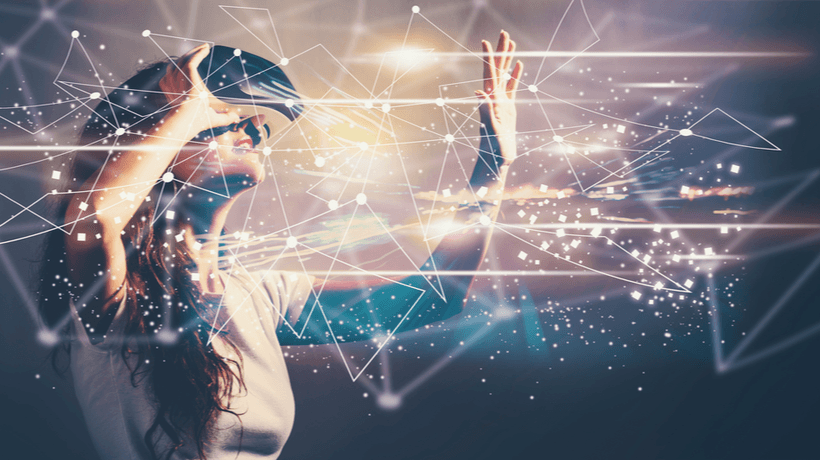Virtual Reality In The eLearning Industry
Virtual reality indeed has the opportunity to transform the traditional forms of learning and provide an enhanced experience. VR has the advantage of providing an engaging learning experience; it helps to improve the retention of the learner and provides experimental learning.
Many of the VR educational apps have entered the mainstream markets, as several eLearning professionals have been looking forward to using technology to provide enhanced education. It is expected that the market size will reach $375 billion by the end of 2026.
Here Is How VR Has Been Impacting The eLearning Industry In 2021 And Beyond
1. Cost-Effective
The best part about online learning is that these programs are cost-effective. As hardware and software cost decreases, the technology, especially educational, will become more accessible for consumers.
2. Various Courses And Programs
The students who choose to learn through EdTech, a profitable business model, can access multiple systems and instructors. Be it mechanical engineering, neuroscience, or running a business, no matter the subject or area of interest the students wish to learn, they can find almost all courses or classes they need online.
3. No Need To Travel Or Relocate
The best part about online learning is that students can save time and expenses of traveling, besides mitigating the cost of living expenses by learning virtually. Student accommodation at various colleges tends to be quite expensive, but all the costs can be avoided if they choose to study online in their own comfort and space.
4. Convenience And Flexibility
Several students tend to choose online learning because they can access the resources from the comfort of their homes and have the freedom to choose the time to study. For example, architects from around the world can collaborate and evaluate designs using VR.
5. Instant Feedback And Results
Thanks to the interactive online quizzes and interactive experiences, students can get their grades in no time. Instant results can reveal the areas where improvement is required without wasting any time. When the results are so quick, students are pretty motivated to work hard. Above all, human feedback takes time and sometimes results in delays.
6. Access To Professors
Thanks to technological developments, there are no geographical barriers for students and they can study from any university across the globe. They don't have to travel anywhere. The transformation also allows students to get information on specialized subjects. It also paves the way for development in various fields, from robotic control theory to corporate leadership.
7. Impact On Training And Teaching
These technologies tend to have several benefits for both training and education, and it has been seen across many schools and professional institutions. For instance, students willing to study construction or any other courses can train without any dangers that tend to be involved in them. Thanks to virtual reality, professionals from these niches can teach students in a stimulating environment that offers several degrees of accuracy, avoiding any risks associated with making some mistakes.
The role of AR in education tends to be beneficial as employees can practice goals and tasks in real time to improve their overall productivity and skills. These areas can surely benefit from these technologies.
8. Customized Self-Learning
Directed/customized learning offers excellent control that allows students to be in charge of their learning journeys. When students are free to learn at their own pace, they can also choose their learning resources and some delivery formats that are more effective than the typical one-size-fits-all design.
Personalization is quite a trend, especially in eLearning, as all students tend to have their weaknesses and strengths that help them learn about some resources that will help them master the course. That is quite impactful and productive, as students can skip some of the methods they already know or go over the hard ones.
9. Social Learning For Excellent Results And Minimum Support
The future of eLearning is VR but, ideally, it is social learning. Social learning is all about learning with and from others. It can help in several ways like spending minimum time to learn a topic, better knowledge retention, and fantastic team building.
Above all, social learning is trending, which helps students learn about knowledge sharing with the least possible formal distraction. Students can learn online through video conferencing and social networking sites, besides collaboration tools and instant messaging apps. The strategy is mainly incorporated in various institutions to promote a continuous learning culture.
Parting Thoughts
Regardless of studying at home or in a library, VR helps students to properly visualize the concepts that were otherwise taught through textbooks. Hence, VR has been a blessing to the educational sector and has affected it in such a way that learning has become interesting.

